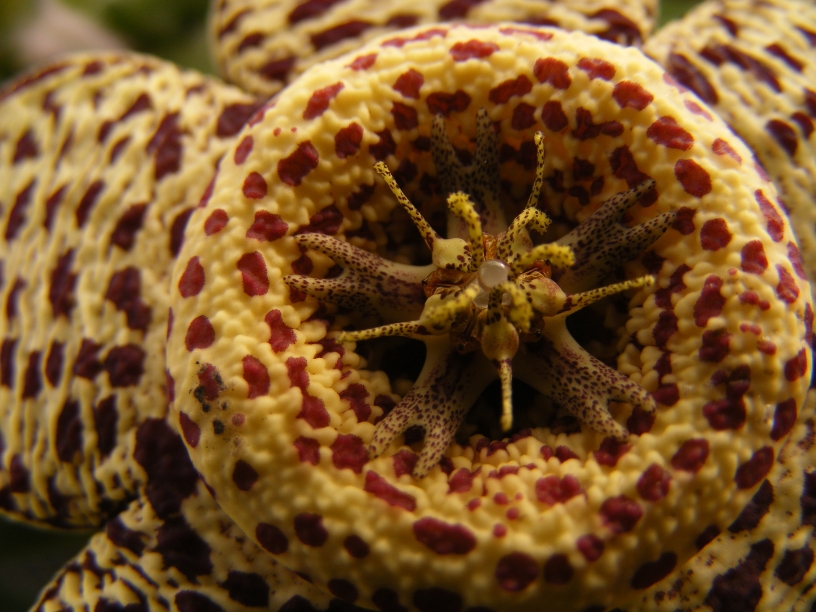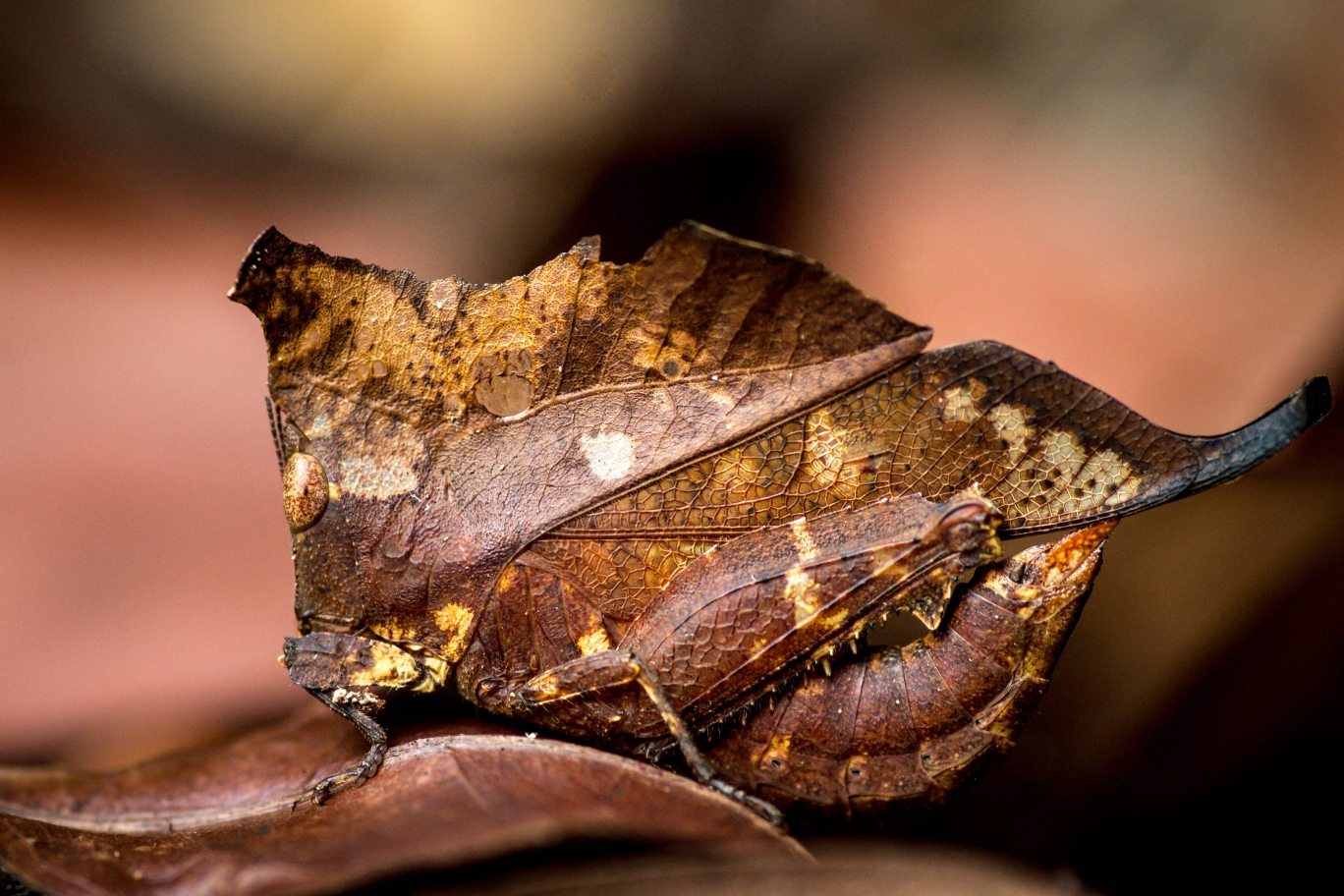News
RSB Photography competitions shortlist announced
- Details
- 28 September 2018
Twelve shortlisted entries have been released for this year’s photo competitions, from both amateur photographers and aspiring photographers under the age of 18, with of the finalists from a young photographer still in primary school.
The theme of the 2018 competitions, ‘Patterns in Nature,’ saw entries encompass the forms, sequences and structures in the natural world, with the focus of entries ranging from the symmetries found under the microscope to the spots and stripes of plants, insects, birds and mammals.
The Photographer of the Year competition invites amateur photographers aged 18 and over to submit photographs based around a particular theme, for a chance to win £1000.
The Young Photographer of the Year competition is open to those under the age of 18, and offers a prize of £500.
Over 2,500 pictures were submitted from more than 900 entrants across the two competitions. Four entries were shortlisted for the Young Photographer of the Year award, and eight entries were shortlisted for Photographer of the Year.
The winners of the competitions will be announced at the RSB Annual Awards Ceremony on 11th October at The Francis Crick Institute, London, as part of this year’s Biology Week.
The competition was judged by Tim Harris, Nature Library and Bluegreen Pictures; Tom Hartman, program chair of MSc in Biological Photography and Imaging at the University of Nottingham; Alex Hyde, natural history photographer and lecturer at the University of Nottingham, and Linda Pitkin, underwater photographer.
The RSB wishes to thank Eppendorf for its support of this competition.
Young Photographer of the Year shortlist
Leopard Gecko
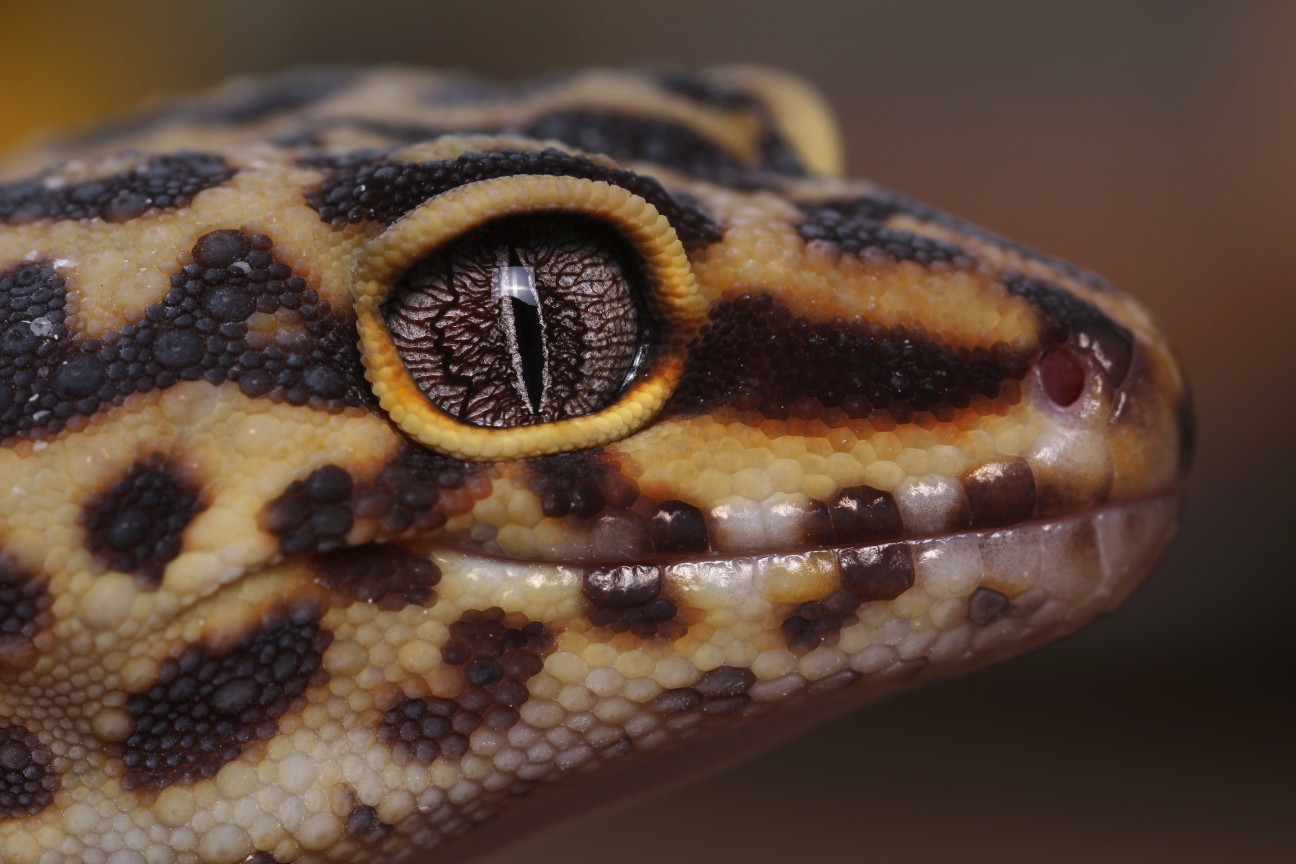
Photographer: Jack Olive
Age: 17
The leopard gecko stared down the lens allowing me to take this picture. I also wanted to show the yellow and black scale pattern as well as the beautiful eye.
Spots
Photographer: Milo Hyde
Age: 10
The pattern of spots all over an Orbea variegata flower.
The Natural Habitat of a Frog
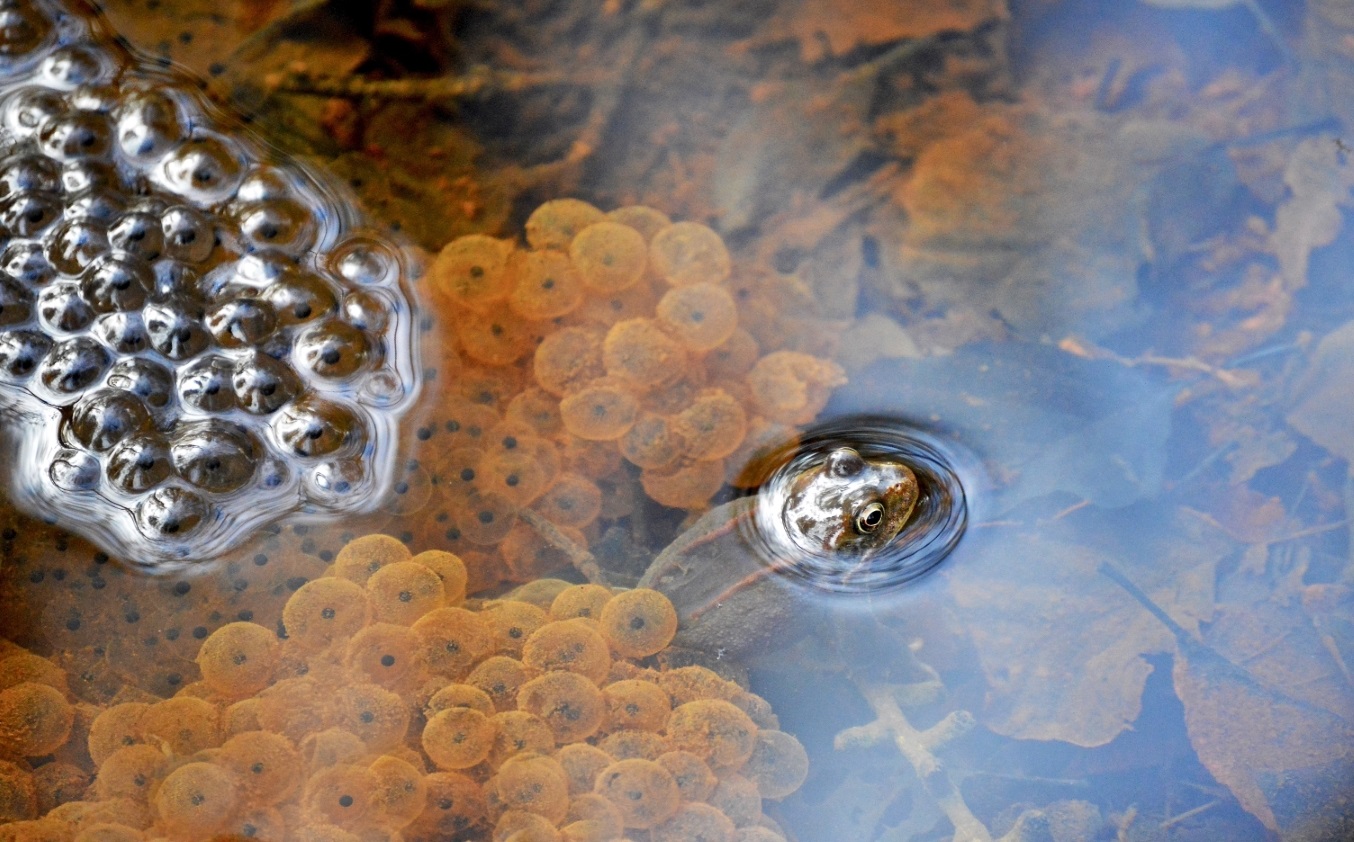
Photographer: Rebecca Keen
Age: 17
Surrounded by its frog spawn, this photograph shows a frog in its natural habitat. The picture depicts both the frog spawn on the top of the water and beneath its surface. Due to the lighting, angles and colours in this photograph, all elements within the image appear three dimensional.
Stripy reflections
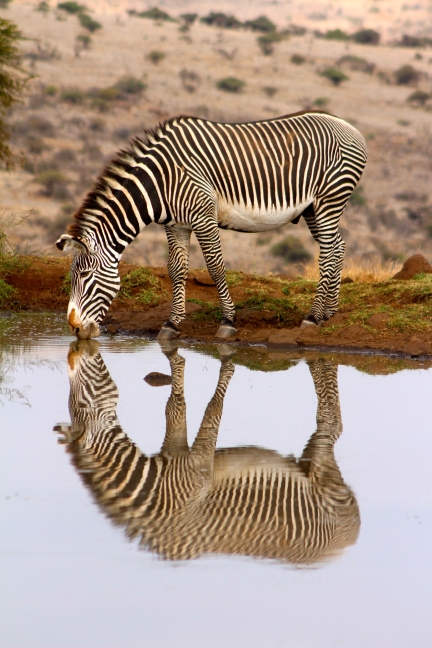
Photographer: Imogen Smith
Age: 17
This particular zebra is a Gravy's zebra, the most threatened of the three species of zebra.
It is characterised by thinner stripes than the other species. This photo therefore shows stripes not only as a means of camouflage for the animal but also as a mechanism of identification for the observer.
Shortlist for Photographer of the Year
Trails of life
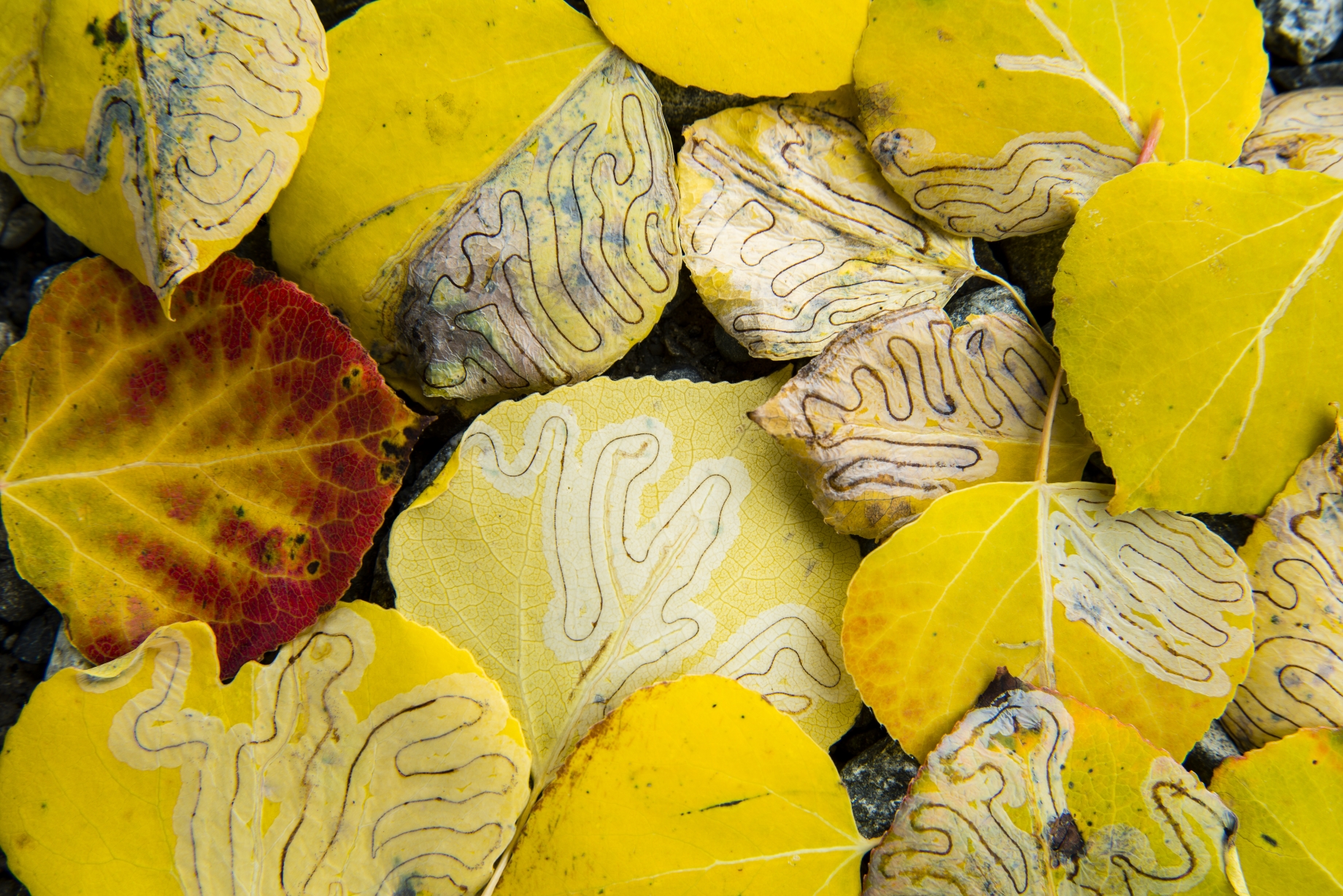
Photographer: Roberto Bueno
The forests of the North are beautiful in autumn, with the variety of colours of the trees. A little larvae is an autumnal surprise in the northern woods of Alaska and Yukon.
The feeding behaviour of aspen leaf miner (Phyllocnistis populiella) larvae, on the leaves of aspen (Populus tremuloides), make interesting patterns, with intricate trails on every leaf. The floor of the yellow forest becomes a new world to enjoy nature.
Nature's Stained Glass
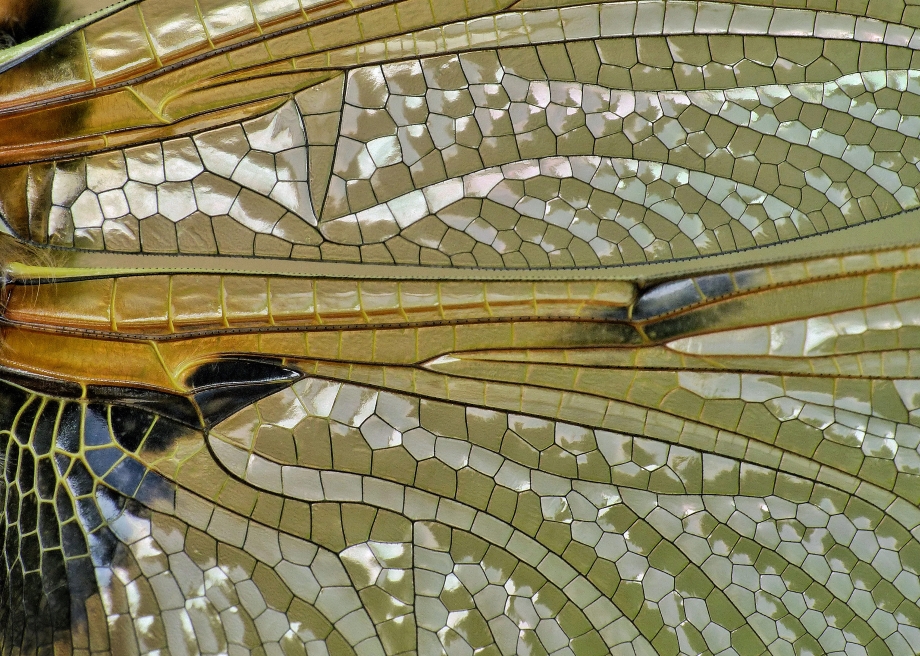
Photographer: Sean Clayton
Four-spotted Chaser wing detail. Dragonfly wings are incredibly intricate and when viewed close up I think they contain some of the most beautiful patterns in nature.
Flock of seagulls
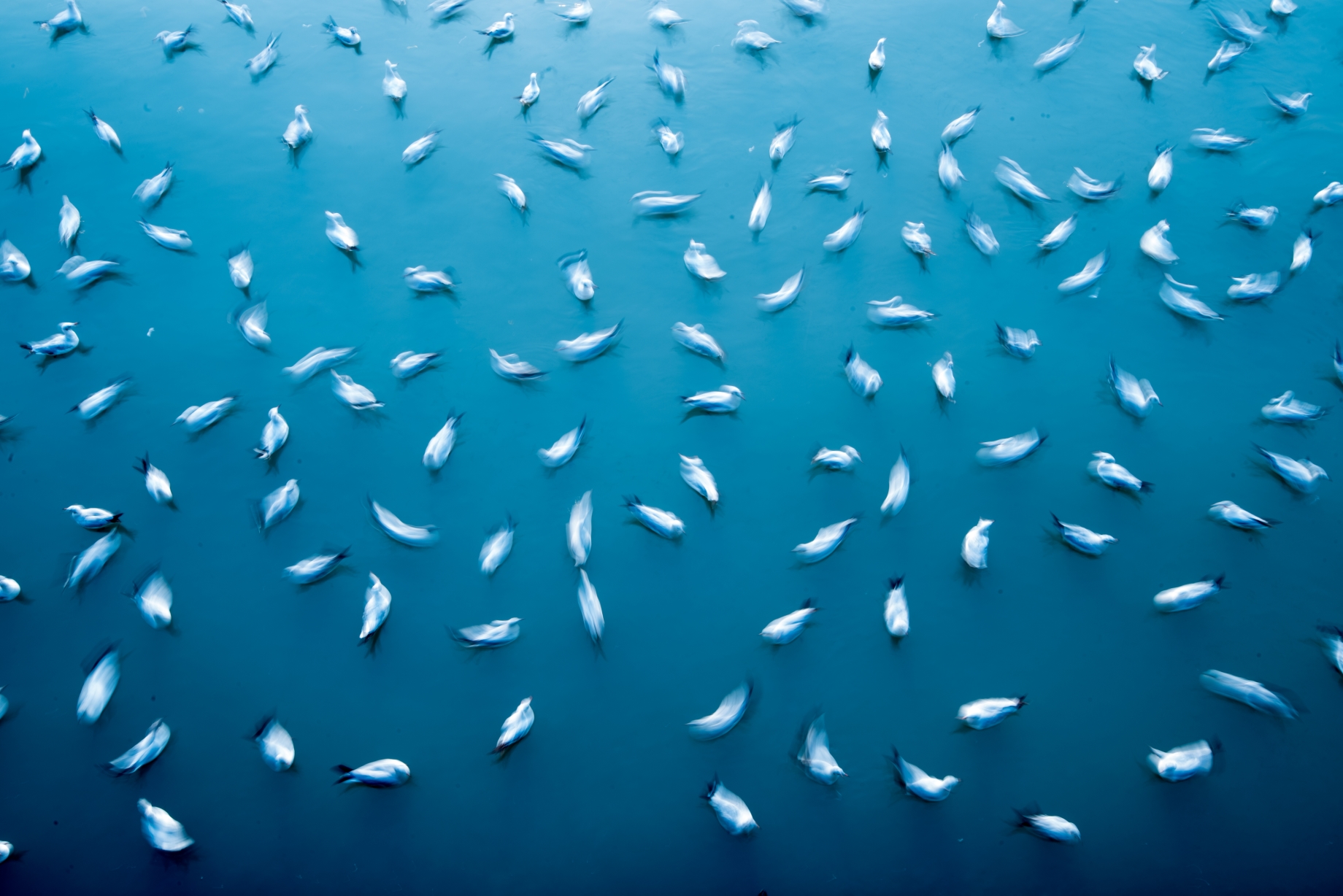
Photographer: Viraj Ghaisas
I shot this image near the gateway of India. In winter, these birds congregate in several places where the locals have made it a daily ritual to feed them junk food.
Suckers on leg of Dytiscus beetle
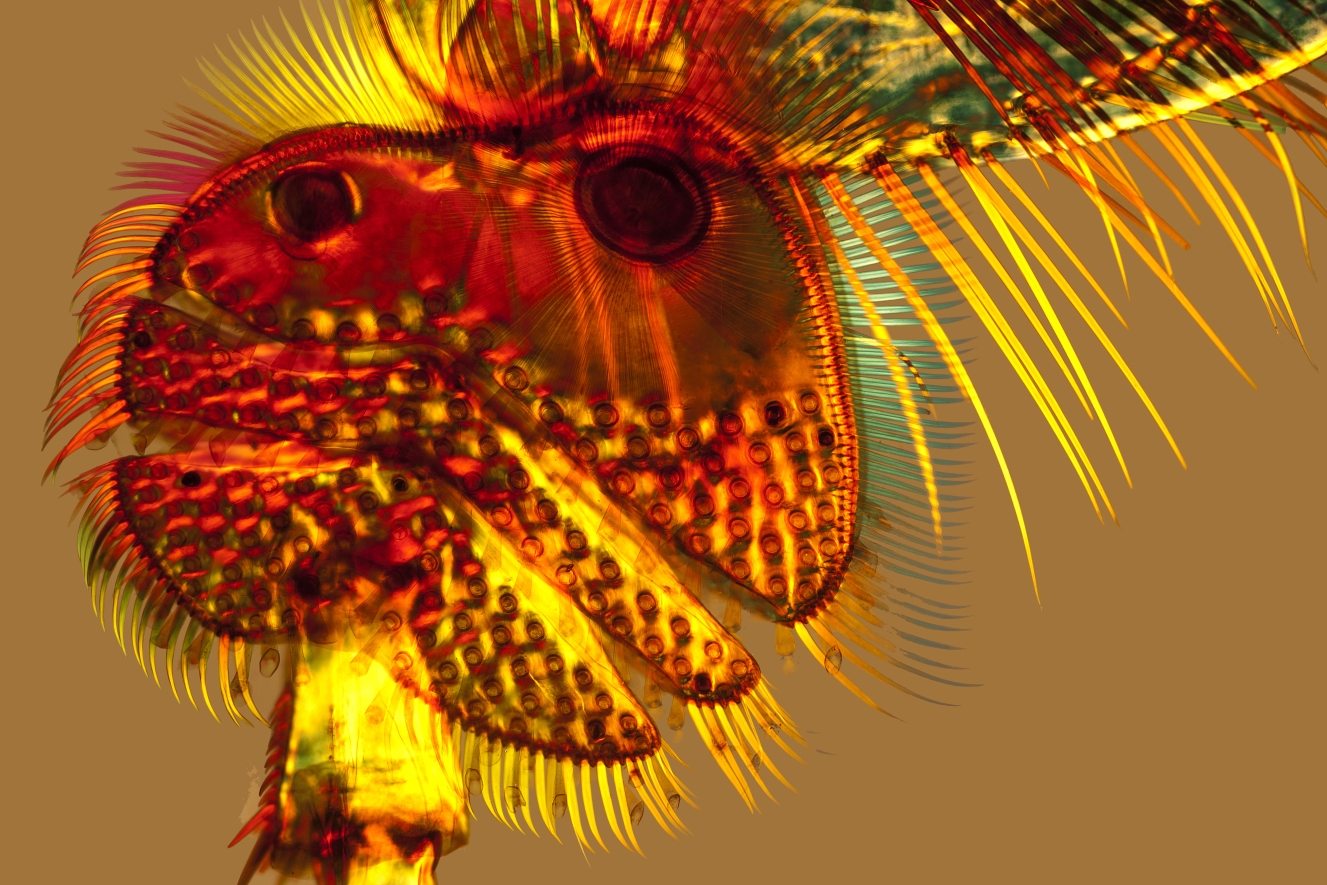
Photographer: Steve Lowry
Polarised light micrograph of elaborate suckers found on the tarsus of the foreleg of male great diving beetles (Dytiscus marginalis). They are used to attach the male to the female during mating.
Organic crystals
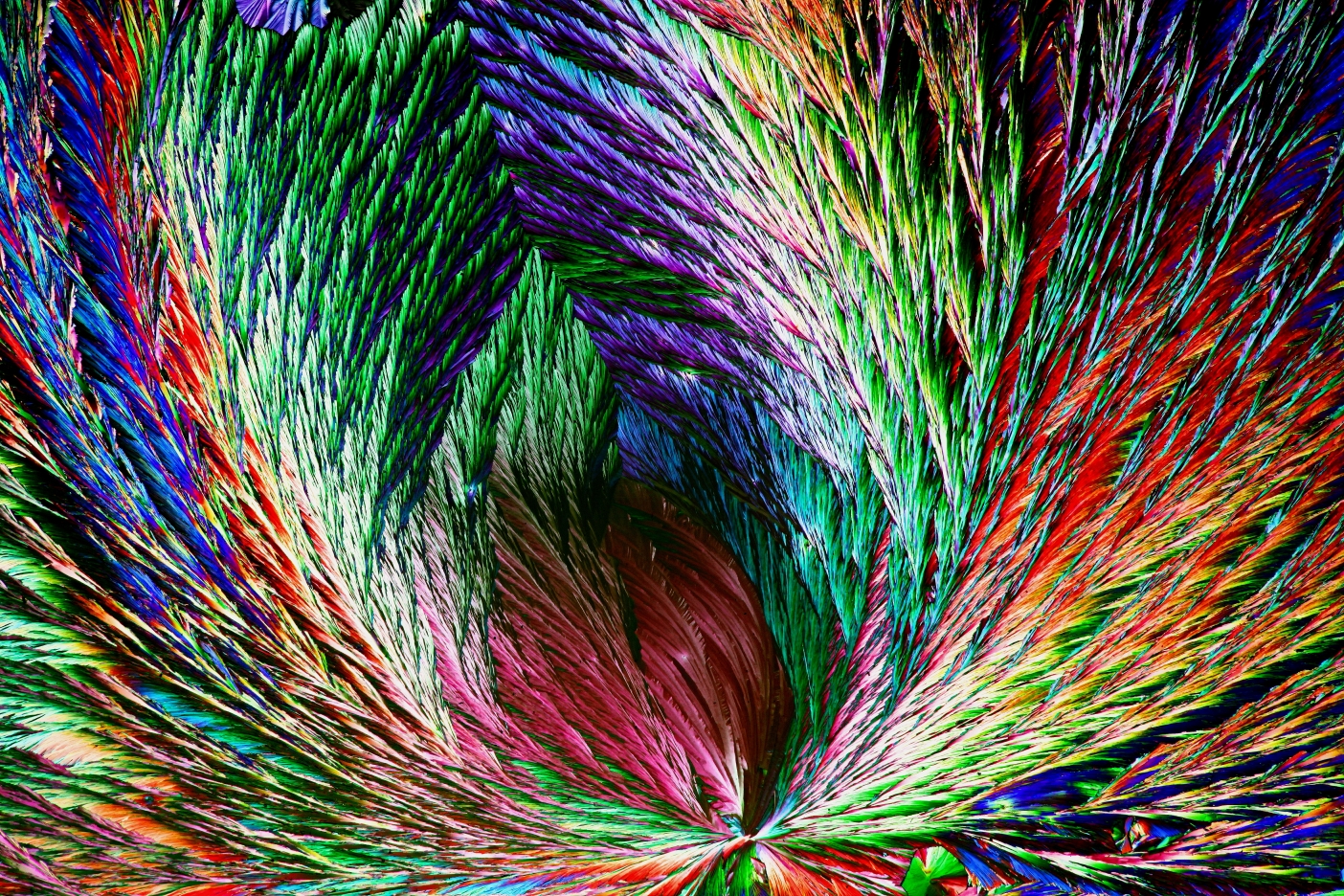
Photographer: Henri Koskinen
Citric acid in crystal form. Citric acid is a weak organic acid that occurs naturally in citrus fruits. In biochemistry it is an intermediate in the citric acid cycle, which occurs in the metabolism of all aerobic organisms.
Dead leaf or almost
Photographer: Guilhem Duvot
A dead leaf grasshopper. The perfect camouflage - nature is amazing. I saw the grasshopper only because it jumped.
Foraminifera shells
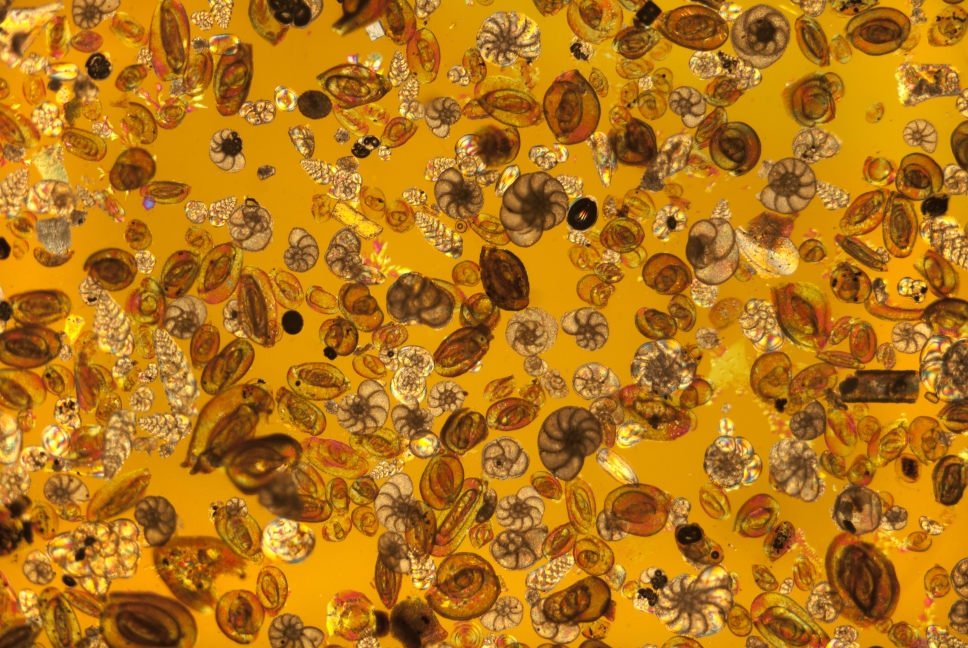
Photographer: Steve Lowry
A wide variety of foraminifera photographed using polarised light microscopy. Foraminifera are single celled amoeboid protists. They live within a shell, or test, which is composed of a single chamber or a number of chambers and protoplasm extrudes through holes in the shell to facilitate feeding. The shells of these tiny creatures formed large deposits of limestone.
Bouquet de fleurs
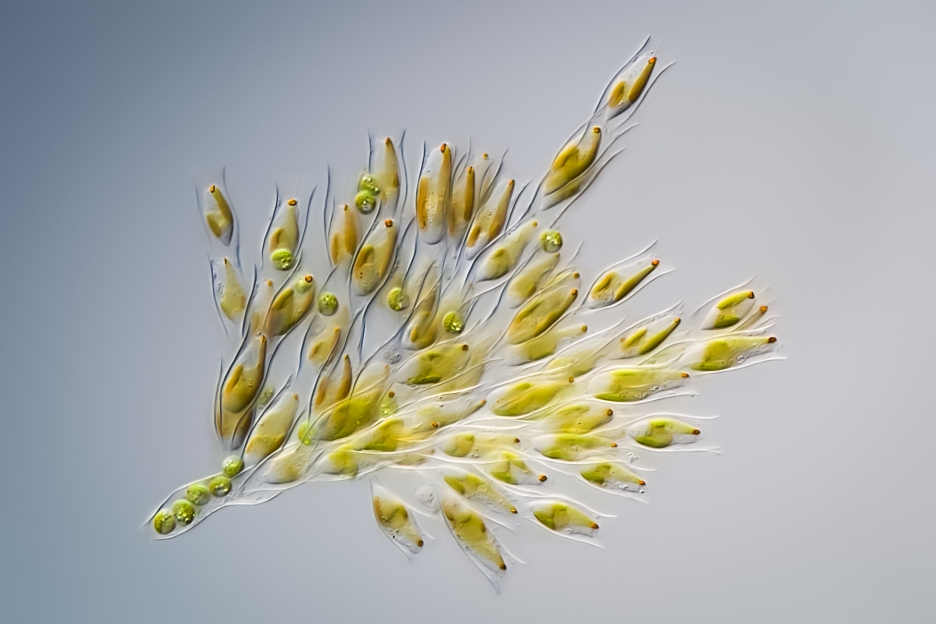
Photographer: Håkan Kvarnström
Dinobryon Divergens is commonly known as golden algae. Measuring about 50 µm in length, it lives in lakes and ponds around the world and forms colonies composed of about 6 to 50 cells that are surrounded by a vase-like shell of cellulose.


